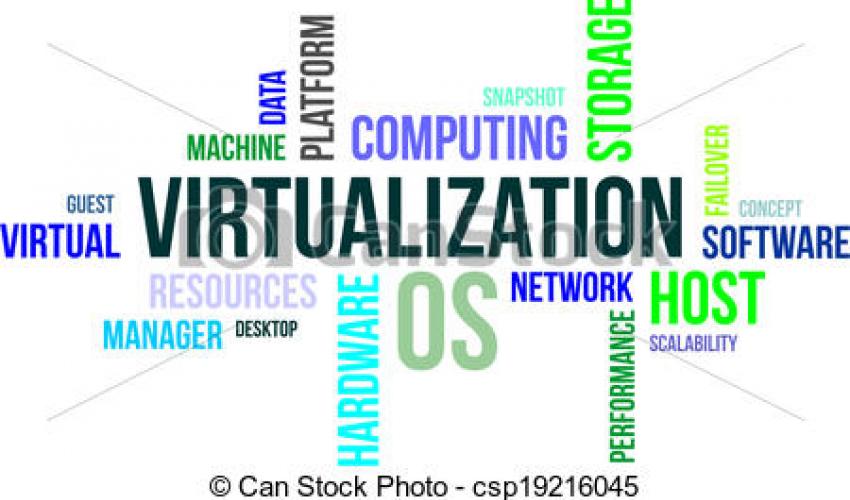
In computing, network virtualization is the process of combining hardware and software network resources and network functionality into a single, software-based administrative entity, a virtual network. Network virtualization involves platform virtualization, often combined with resource virtualization.
Network virtualization is categorized as either external virtualization, combining many networks or parts of networks into a virtual unit, or internal virtualization, providing network-like functionality to software containers on a single network server.
Network virtualization is intended to optimize network speed, reliability, flexibility, scalability, and security. Network virtualization is said to be especially effective in networks that experience sudden, large, and unforeseen surges in usage.
In software testing, software developers use network virtualization to test software under development in a simulation of the network environments in which the software is intended to operate. As a component of application performance engineering, network virtualization enables developers to emulate connections between applications, services, dependencies, and end users in a test environment without having to physically test the software on all possible hardware or system software. Of course, the validity of the test depends on the accuracy of the network
Network virtualization (NV) is using network resources through a logical segmentation of a single physical network. Network virtualization is achieved by installing software and services to manage the sharing of storage, computing cycles and applications. Network virtualization treats all servers and services in the network as a single pool of resources that can be accessed without regard for its physical components. The term network virtualization is often used to describe many things including network management, storage virtualization, and even grid computing.
Components
Various equipment and software vendors offer network virtualization by combining any of the following:
-
Network hardware, such as switches and network adapters, also known as network interface cards (NICs)
-
Network elements, such as firewalls and load balancers
-
Networks, such as virtual LANs (VLANs) and containers such as virtual machines (VMs)
-
Network storage devices
-
Network machine-to-machine elements, such as telecommunications devices
-
Network mobile elements, such as laptop computers, tablet computers, and smart phones
Network media, such as Ethernet and Fibre Channel
- Log in to post comments





